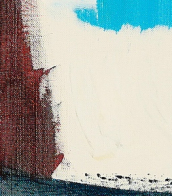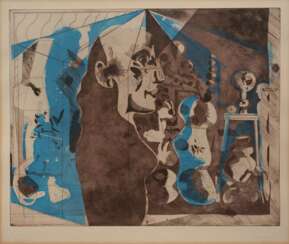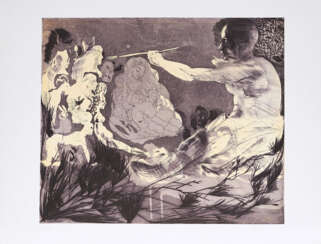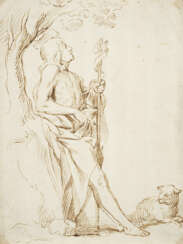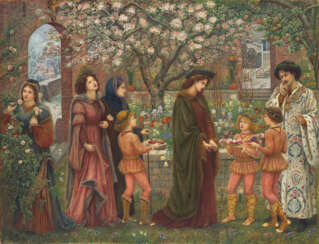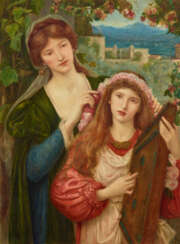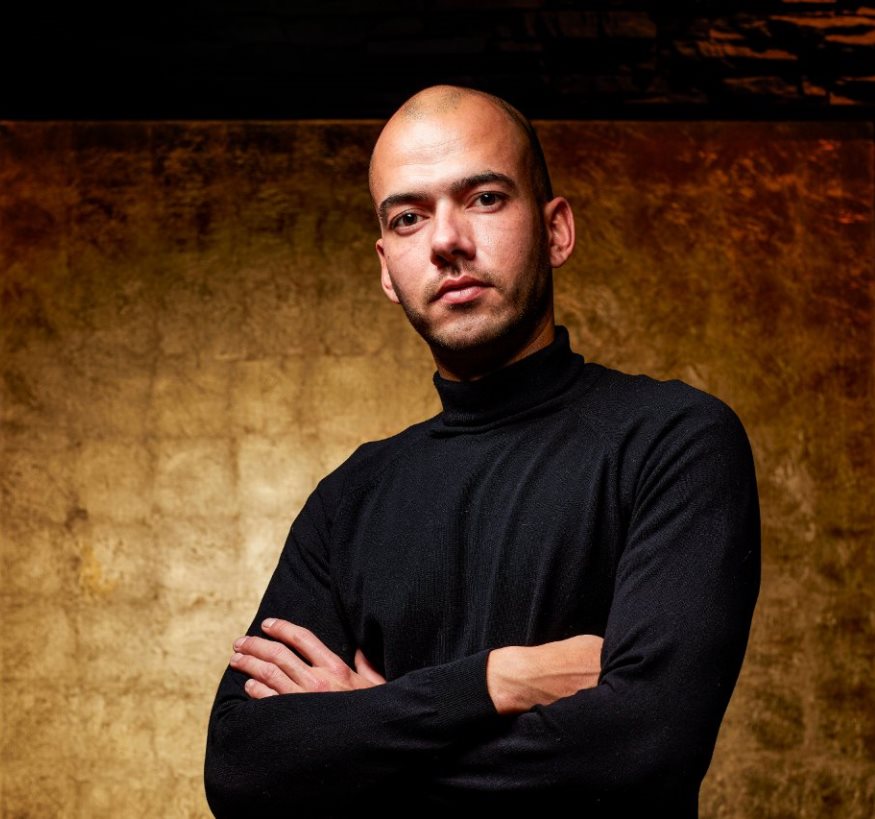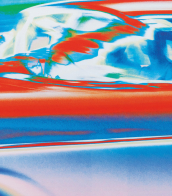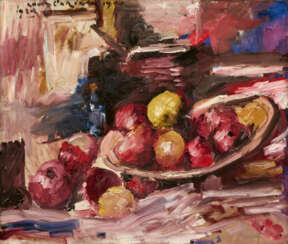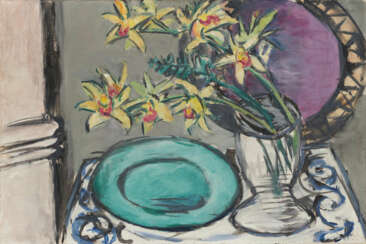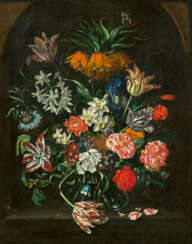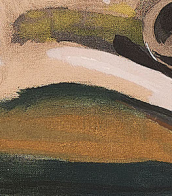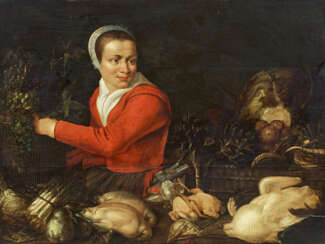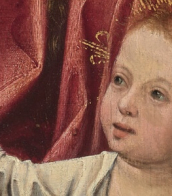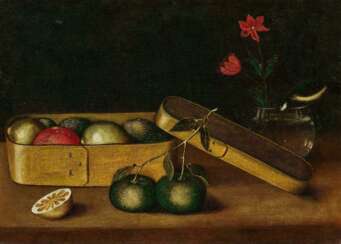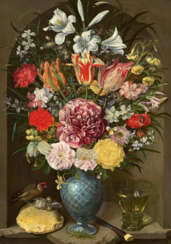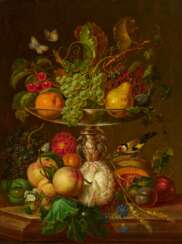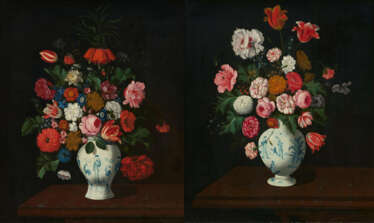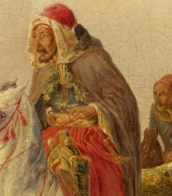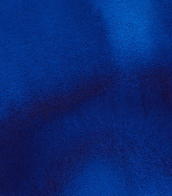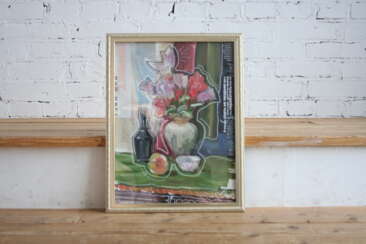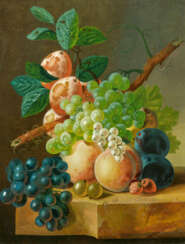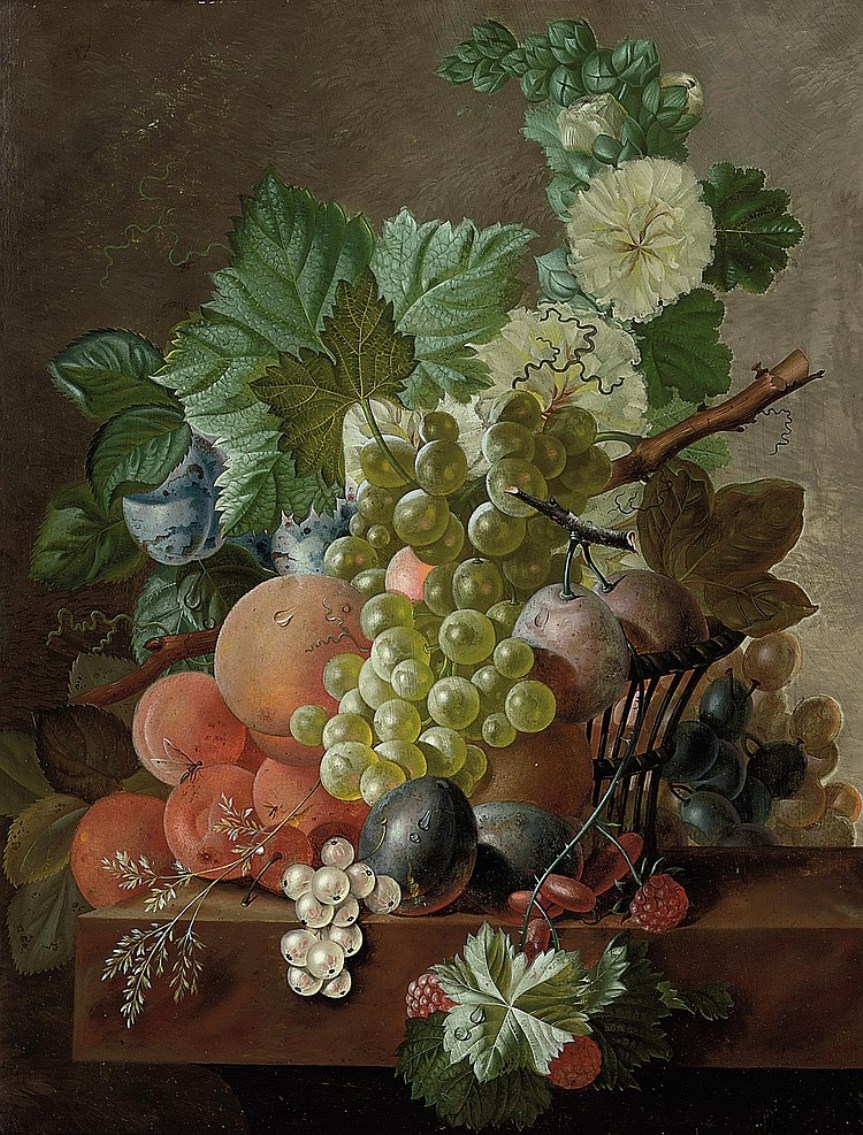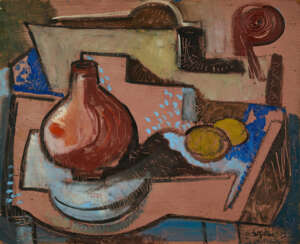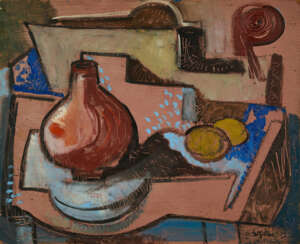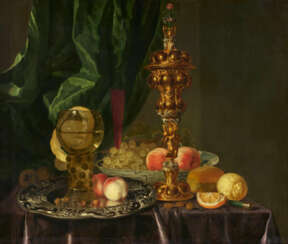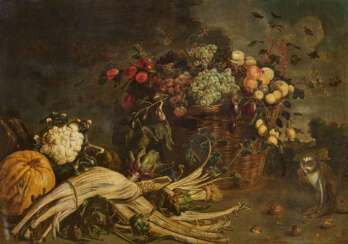still
 Клиффорд Стилл. Фотография художника, дата неизвестна.jpg)
Clyfford Still was an American painter, and one of the leading figures in the first generation of Abstract Expressionists, who developed a new, powerful approach to painting in the years immediately following World War II. Still has been credited with laying the groundwork for the movement, as his shift from representational to abstract painting occurred between 1938 and 1942, earlier than his colleagues like Jackson Pollock and Mark Rothko, who continued to paint in figurative-surrealist styles well into the 1940s.

 Клиффорд Стилл. Фотография художника, дата неизвестна.jpg)
Clyfford Still was an American painter, and one of the leading figures in the first generation of Abstract Expressionists, who developed a new, powerful approach to painting in the years immediately following World War II. Still has been credited with laying the groundwork for the movement, as his shift from representational to abstract painting occurred between 1938 and 1942, earlier than his colleagues like Jackson Pollock and Mark Rothko, who continued to paint in figurative-surrealist styles well into the 1940s.
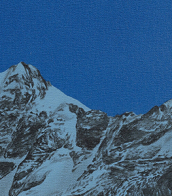
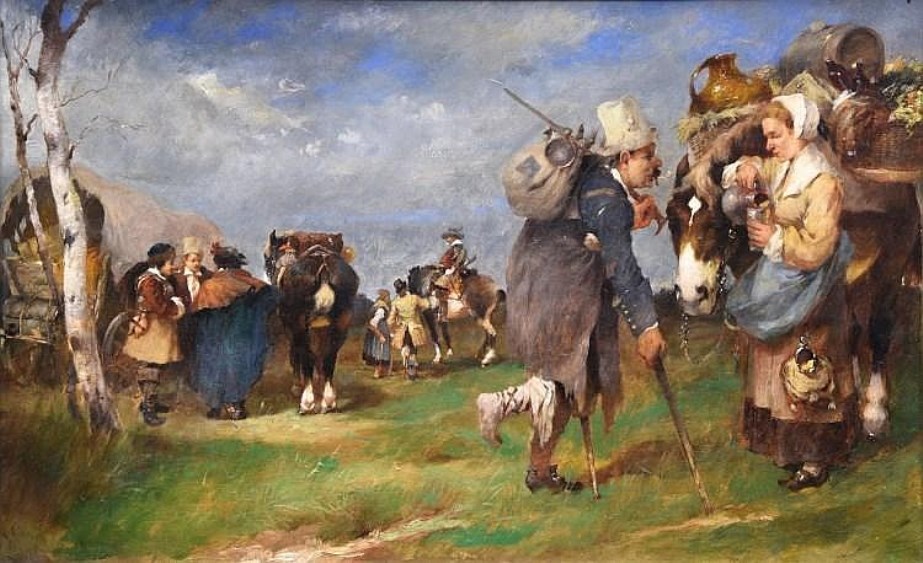
Ludwig Stiller was a German genre painter.

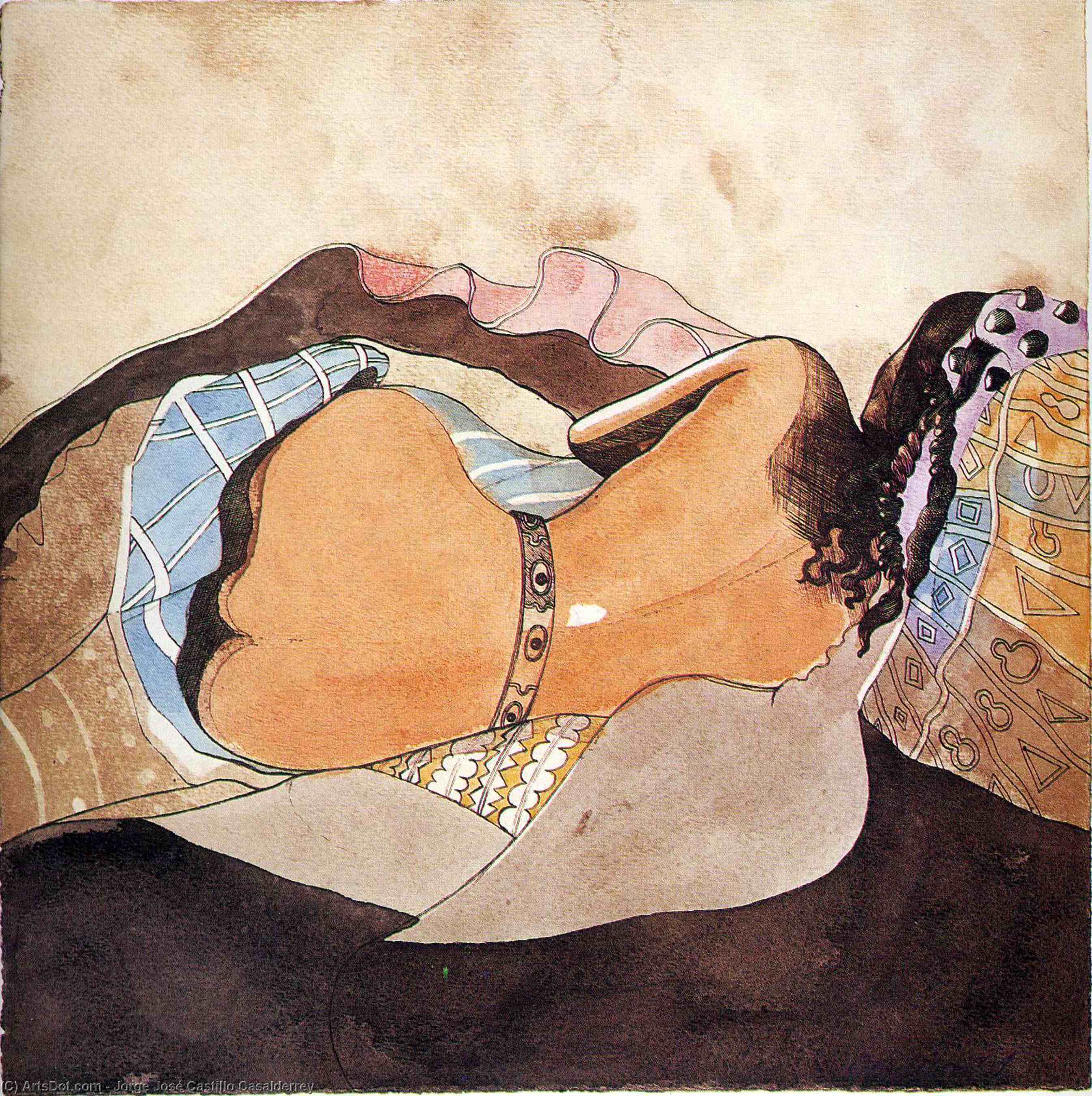
Jorge José Castillo Casalderrey is a Spanish-born painter and sculptor.
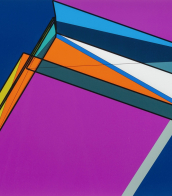

Jorge José Castillo Casalderrey is a Spanish-born painter and sculptor.


Jorge José Castillo Casalderrey is a Spanish-born painter and sculptor.
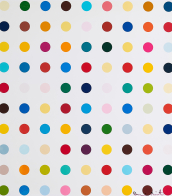
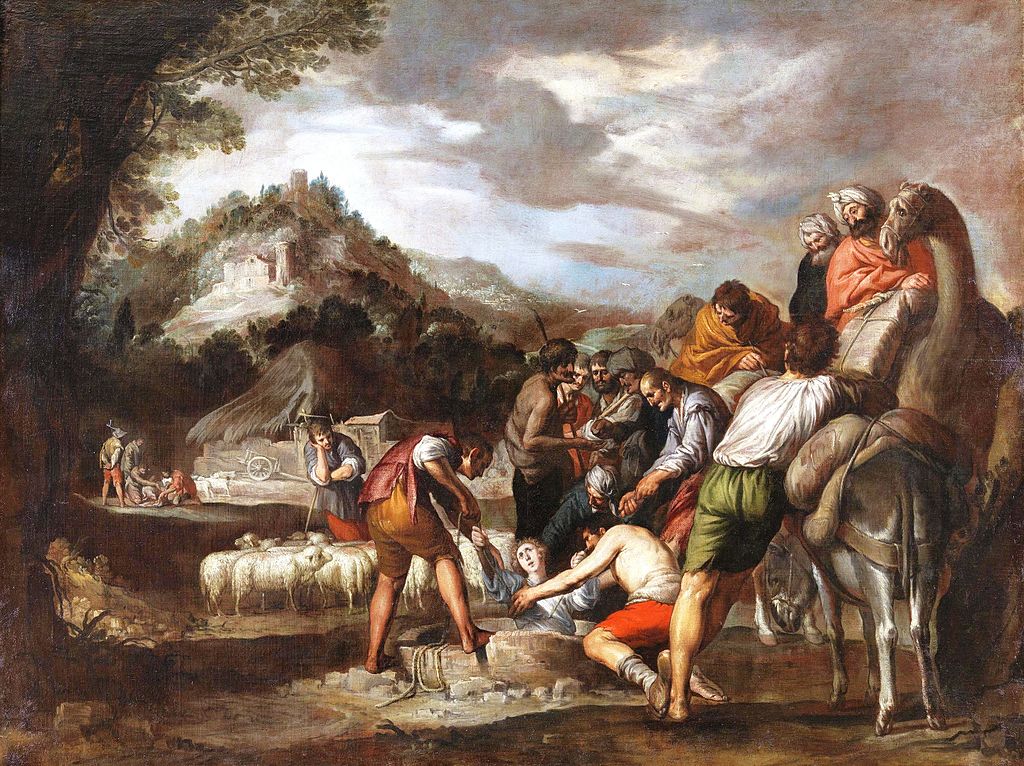
Antonio del Castillo y Saavedra was a Spanish Baroque painter, sculptor, and poet, renowned for his significant contributions to the Cordoba School of art. Born in Cordoba, Spain, in 1616, Castillo y Saavedra grew up under the influence of his father, Agustín del Castillo, also a painter. His early education continued under Ignacio Aedo Calderón, and later, in Seville, he studied with Francisco de Zurbarán and his uncle Juan del Castillo.
Castillo y Saavedra's work is distinguished by its adherence to naturalism, a style he maintained despite the evolving Baroque trends of his time. His landscapes and narrative paintings, often featuring elaborate architectural or landscape settings, showcase his unique spatial sense and meticulous studies of nature. Praised as an "excellent landscape painter" by his contemporaries, Castillo y Saavedra was adept at capturing nature's essence and integrating it seamlessly into his historical oil paintings. His works, such as the Calvary of the Inquisition and the series on the life of Joseph, exhibit a luminous sense of landscape with refined color palettes.
Some of his most celebrated works are housed in prestigious institutions around the world. The Museo del Prado in Madrid, Spain, holds an impressive collection of his paintings, including the notable series on the story of Joseph. The Museo de Bellas Artes de Córdoba also features his significant works, like the Calvary of the Inquisition.
Despite his death in 1668, Castillo y Saavedra's legacy lives on through his contributions to the Cordoba School, influencing generations of artists who followed. His work remains a testament to the rich cultural heritage and artistic prowess of the Spanish Golden Age.
For collectors and experts in art and antiques, Antonio del Castillo y Saavedra's works represent a pinnacle of Baroque art. To stay informed about new sales and auction events related to Castillo y Saavedra's work, we invite you to sign up for our updates. This subscription will keep you at the forefront of the latest developments in this fascinating field.
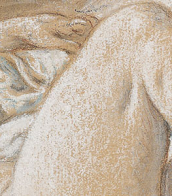
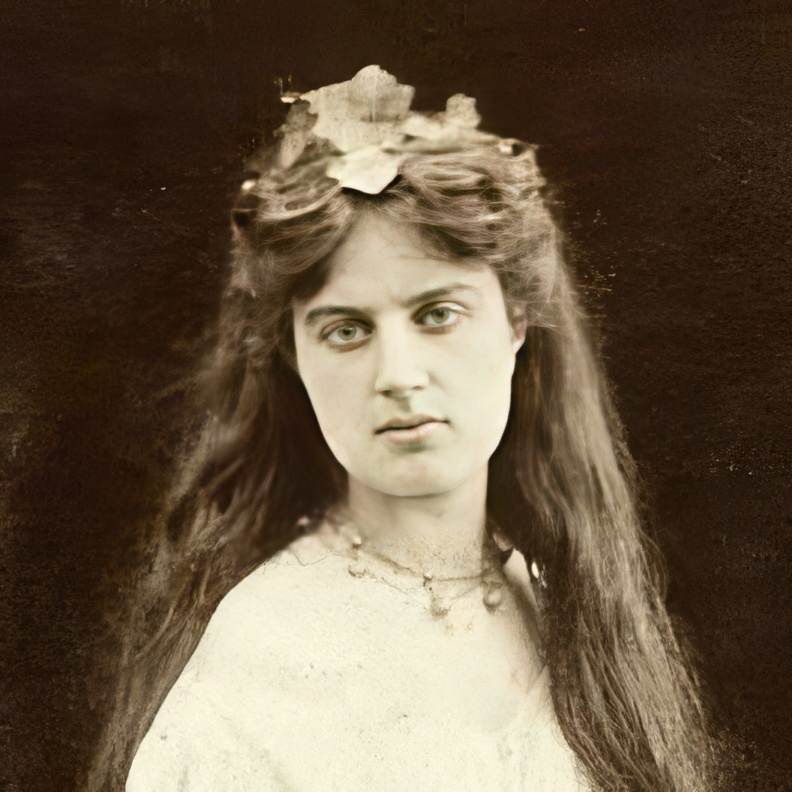
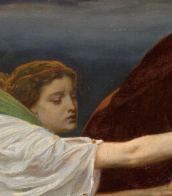
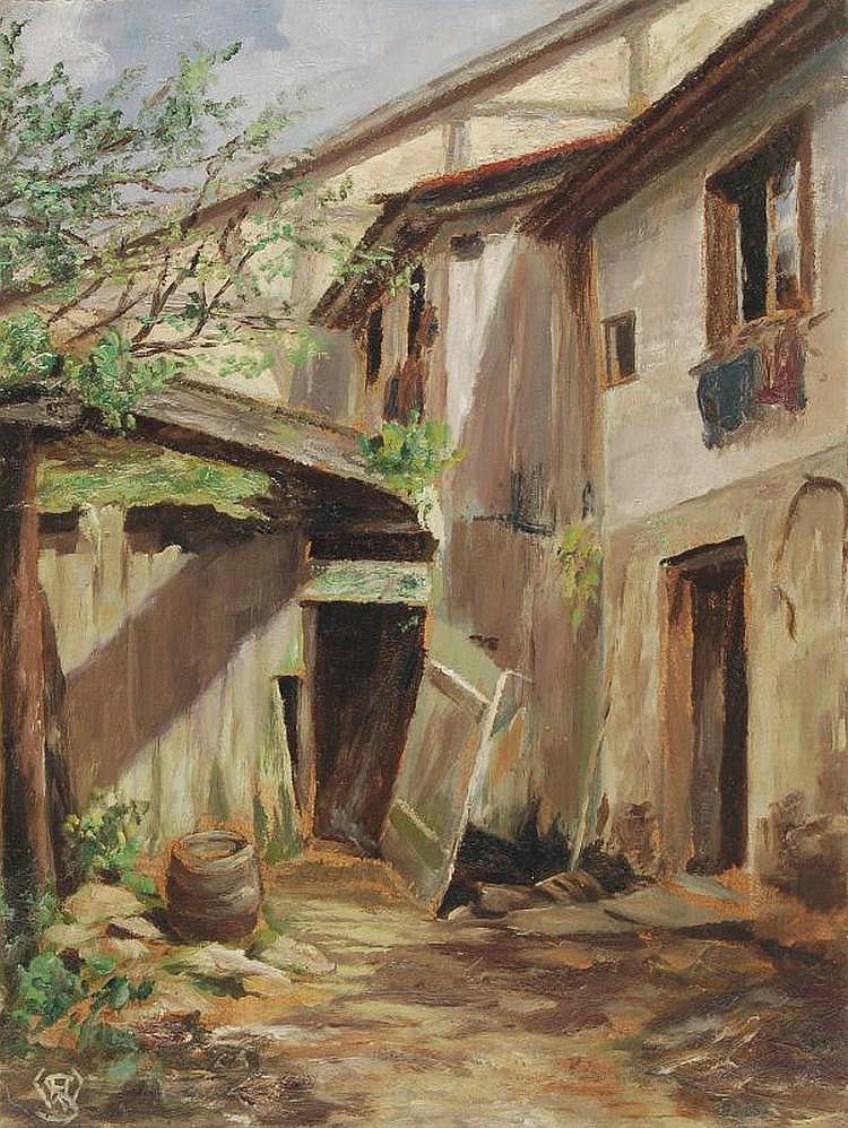
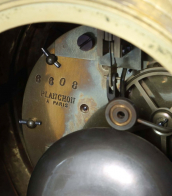

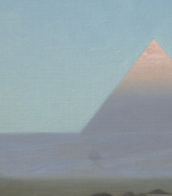
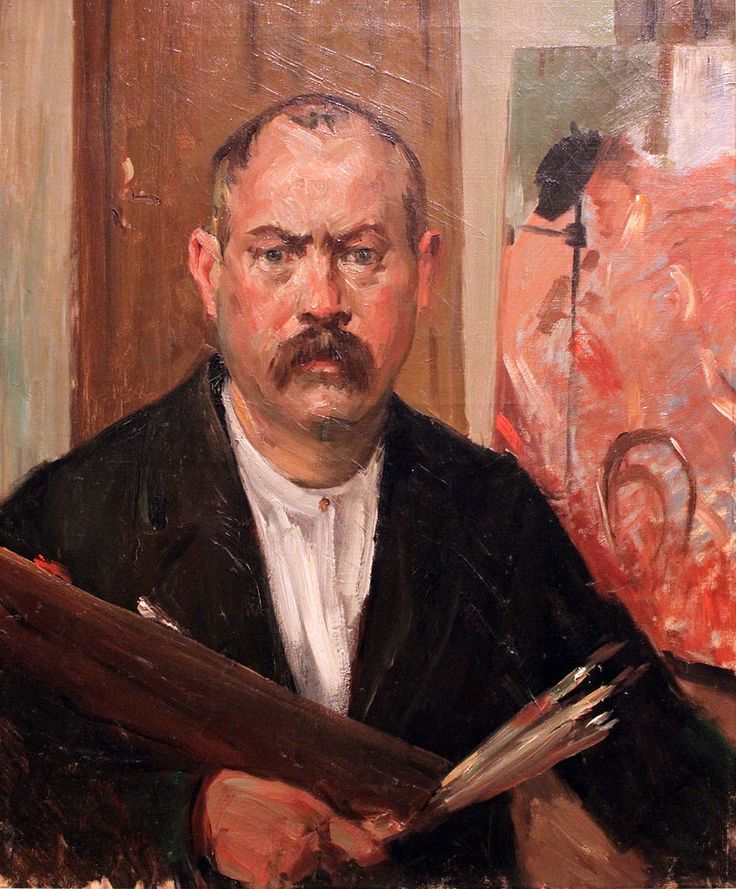
Lovis Corinth was a German artist and writer whose mature work as a painter and printmaker realized a synthesis of impressionism and expressionism.
Corinth studied in Paris and Munich, joined the Berlin Secession group, later succeeding Max Liebermann as the group's president. His early work was naturalistic in approach. Corinth was initially antagonistic towards the expressionist movement, but after a stroke in 1911 his style loosened and took on many expressionistic qualities. His use of color became more vibrant, and he created portraits and landscapes of extraordinary vitality and power. Corinth's subject matter also included nudes and biblical scenes.

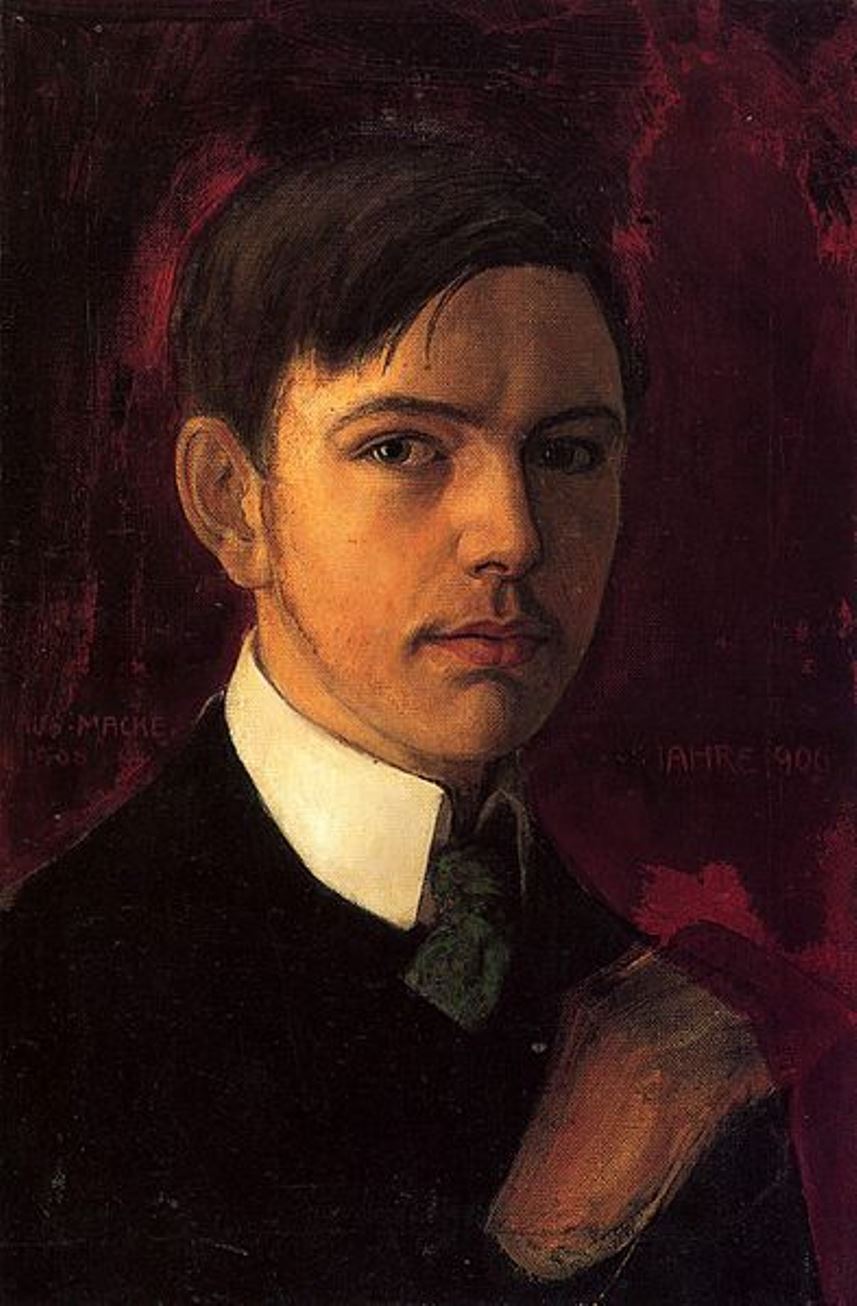
August Robert Ludwig Macke was an eminent German expressionist painter, founder and member of the Blue Rider association. His very colorful and individual style is today referred to as the Macke style, characterized by a harmonious combination of colors and the play of light effects. His favorite subjects of his works were sketches from the life of the city, as well as nature and man. The paintings of August Macke give an impression of joy and lightness.
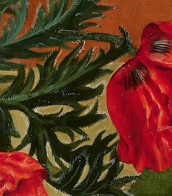
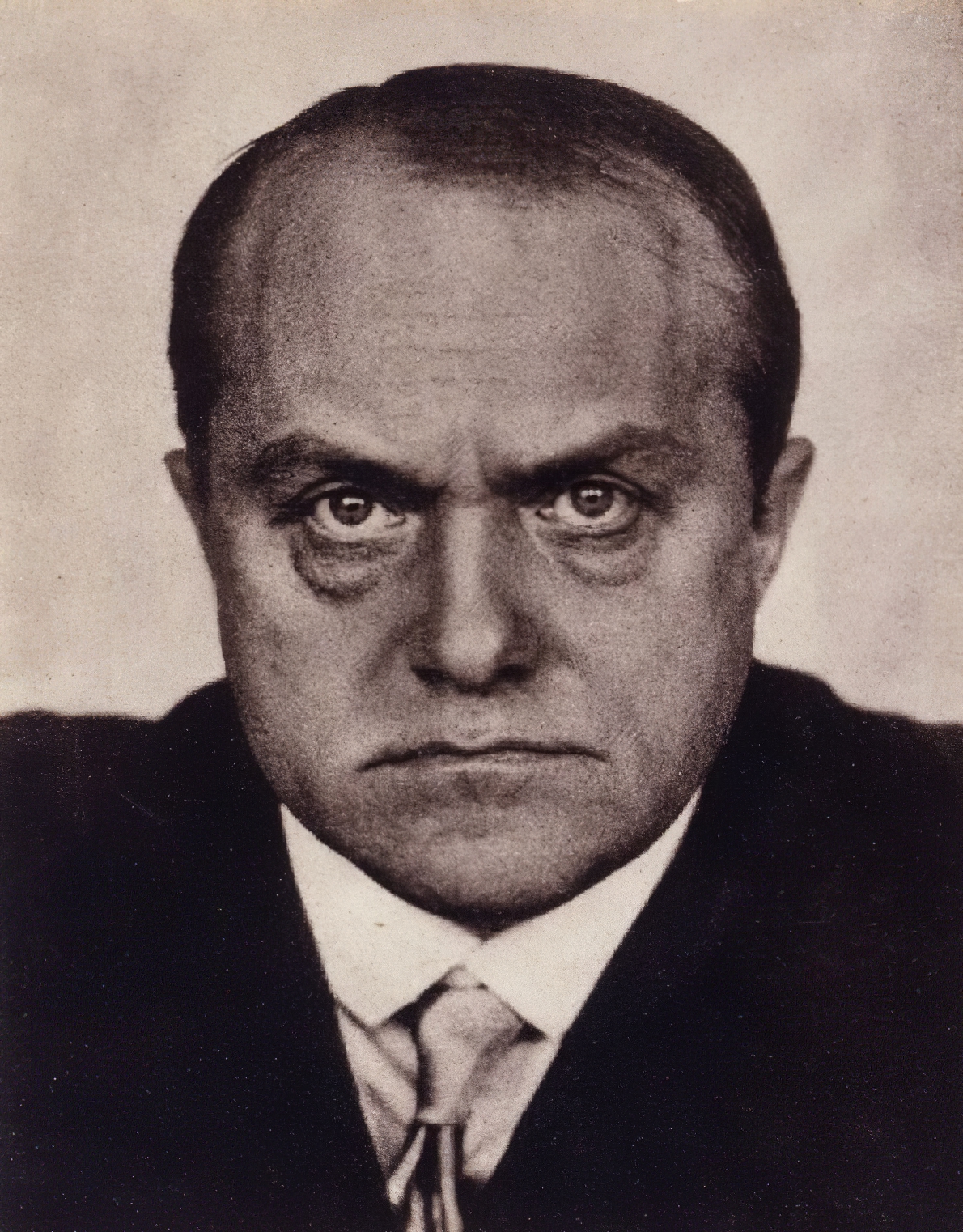
Max Beckmann, a German painter, printmaker, sculptor, and writer, stood out in the early 20th century for his profound contributions to modern art. Beckmann's career spanned a tumultuous period in history, deeply influencing his thematic and stylistic choices. Unlike many of his contemporaries who embraced non-representational painting, Max Beckmann persisted with and evolved the tradition of figurative painting, drawing inspiration from a wide array of artists spanning from Cézanne and Van Gogh to medieval masters like Bosch and Bruegel.
Max Beckmann's experiences, particularly those related to the World Wars, significantly shaped his work. Following Adolf Hitler's rise to power and the subsequent condemnation of modern art as "degenerate," Beckmann fled Germany, spending a decade in self-imposed exile in Amsterdam before eventually relocating to the United States. His art from this period, especially his large triptychs, is considered some of his most potent, offering a stark reflection on humanity and the chaos of the times.
One of Max Beckmann's most personally allegorical works, "Beginning" (1949), encapsulates his knack for blending real and imagined elements from his life to comment on the broader human condition. This piece, alongside others, underscores Beckmann's enduring fascination with the existential struggles modern society faces, teetering between desire and societal roles.
Max Beckmann's legacy is cemented not just by his unique approach to modernism but also by his influence on subsequent generations of artists, particularly in the United States, where he spent his final years teaching and working. Despite a path that often diverged from the mainstream narratives of art history, Beckmann's work continues to resonate, housed in prestigious institutions like The Museum of Modern Art and The Metropolitan Museum of Art in New York.
For collectors and experts in art and antiques, Max Beckmann's oeuvre offers a compelling exploration of 20th-century art and history. To stay informed about new discoveries, sales, and auction events related to Max Beckmann, consider signing up for updates. This subscription ensures access to the latest opportunities to engage with the work of one of modernism's most individual voices.
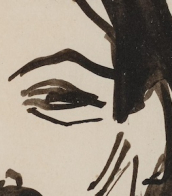
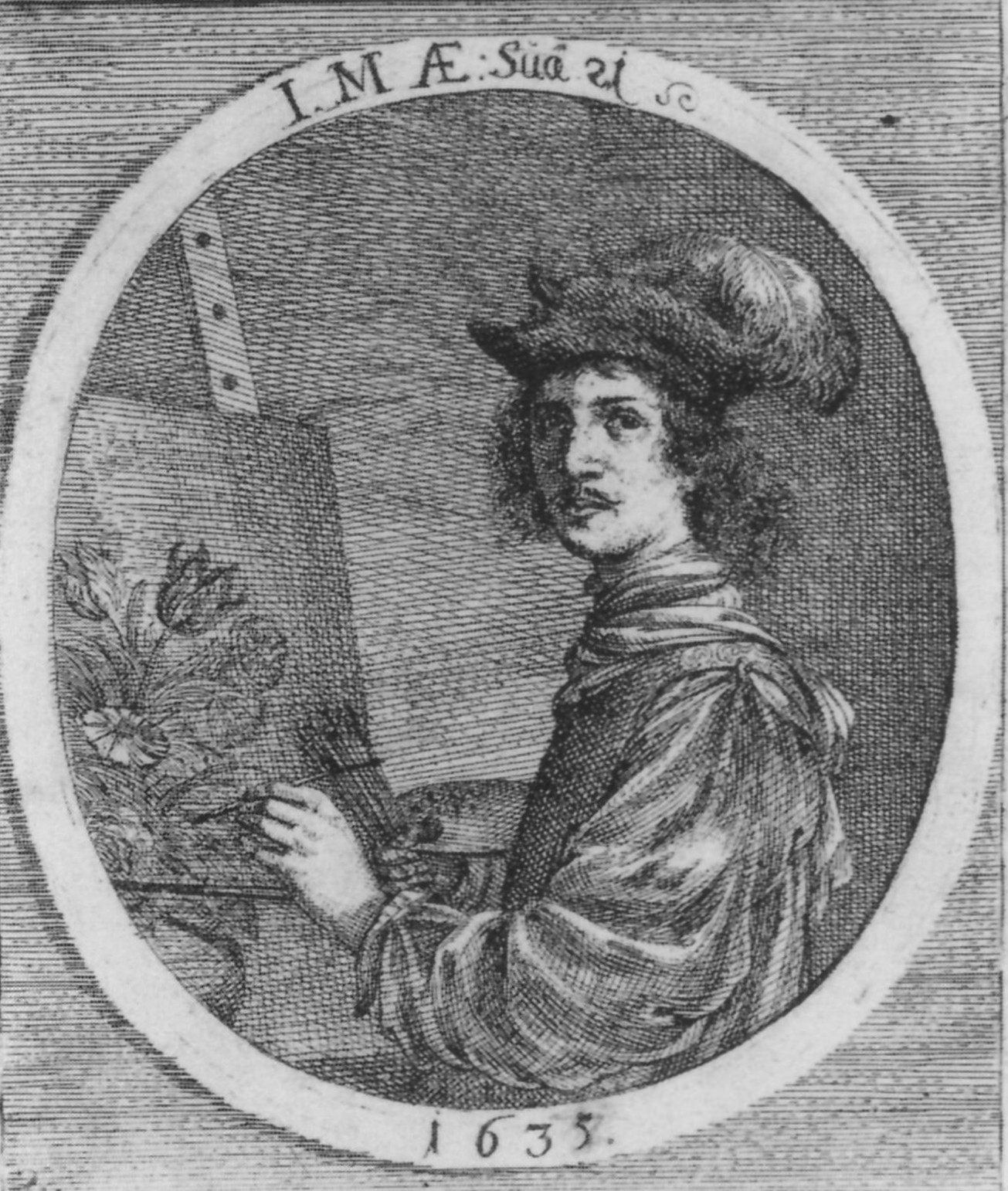
Jakob Marrel was a German still life painter active in Utrecht during the Dutch Golden Age.
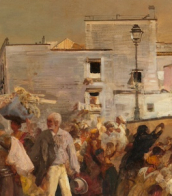

Lovis Corinth was a German artist and writer whose mature work as a painter and printmaker realized a synthesis of impressionism and expressionism.
Corinth studied in Paris and Munich, joined the Berlin Secession group, later succeeding Max Liebermann as the group's president. His early work was naturalistic in approach. Corinth was initially antagonistic towards the expressionist movement, but after a stroke in 1911 his style loosened and took on many expressionistic qualities. His use of color became more vibrant, and he created portraits and landscapes of extraordinary vitality and power. Corinth's subject matter also included nudes and biblical scenes.
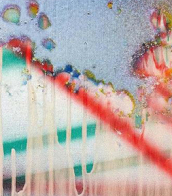
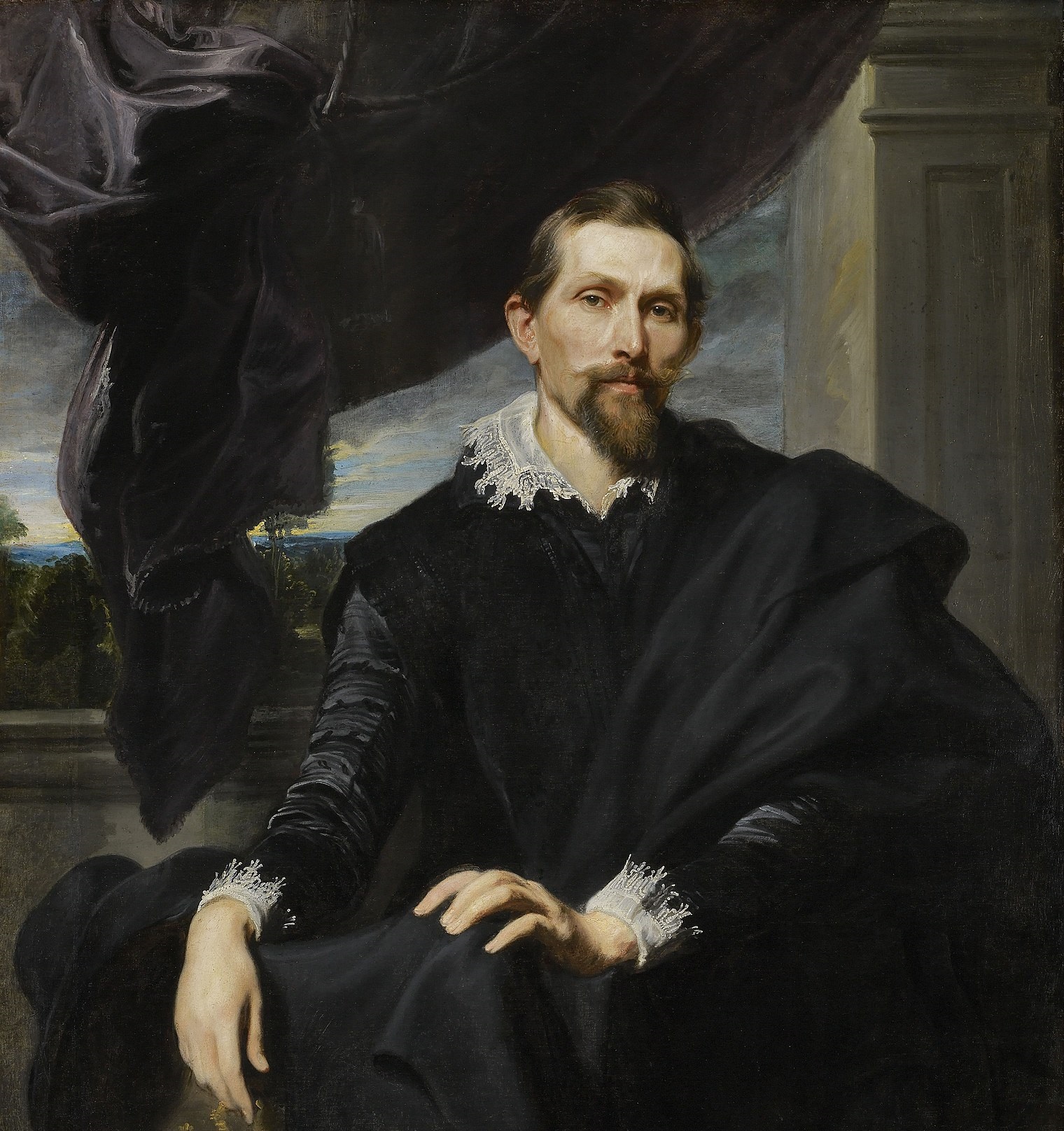
Frans Snyders was a Flemish painter of animals, hunting scenes, market scenes and still lifes. He was one of the earliest specialist animaliers and he is credited with initiating a wide variety of new still-life and animal subjects in Antwerp. He was a regular collaborator with leading Antwerp painters such as Peter Paul Rubens, Anthony van Dyck and Jacob Jordaens.

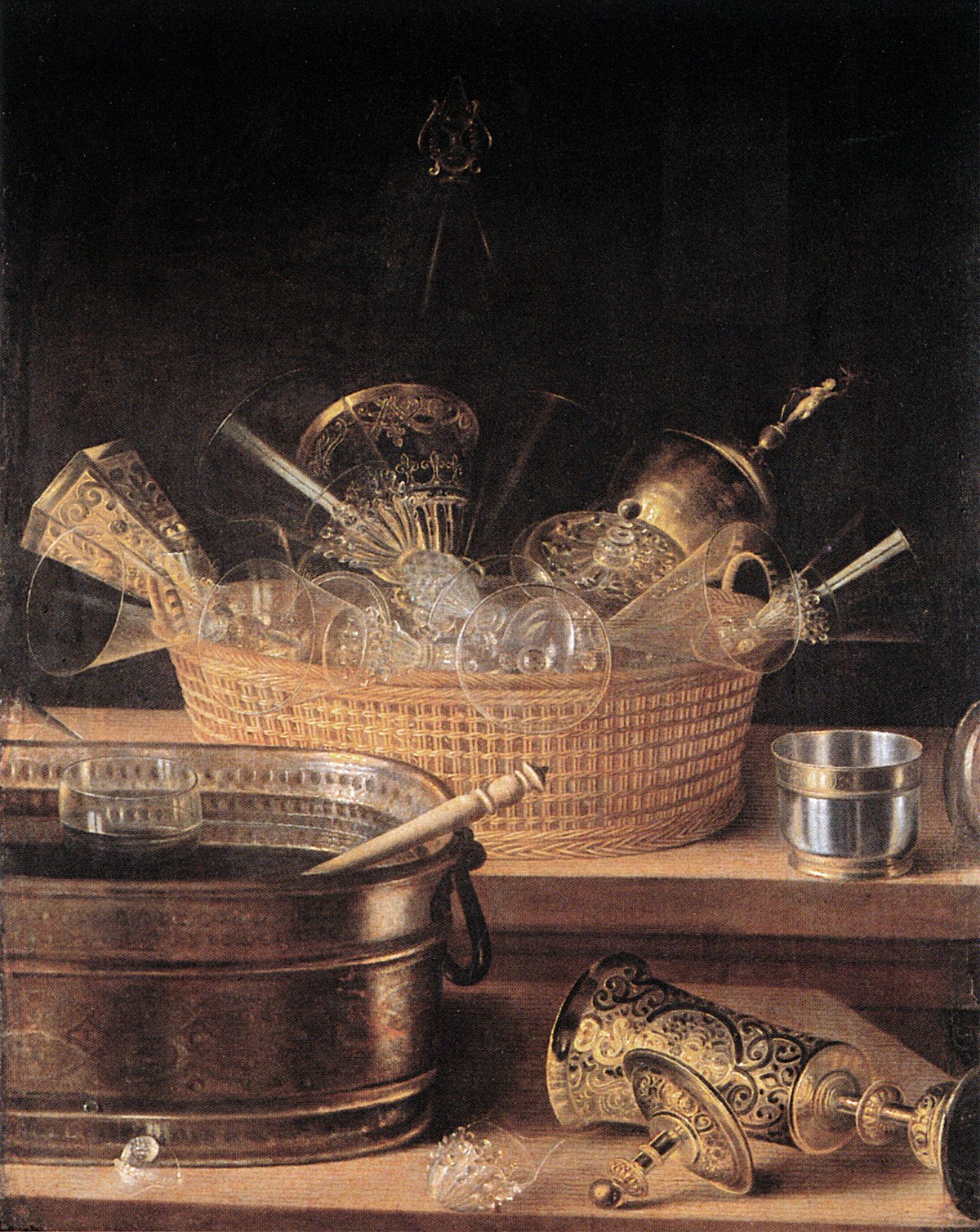
Sebastian Stoskopff was an Alsatian painter. He is considered one of the most important German still life painters of his time. His works, which were rediscovered after 1930, portray goblets, cups and especially glasses. The reduction to a few objects, which is characteristic of early still life painting, can again be recognized in Stoskopff's painting. His chief works hang in his hometown of Strasbourg, but some of the world's most important art museums (the MET, the Louvre, the KHM, the Gemäldegalerie) own paintings by Stoskopff as well.
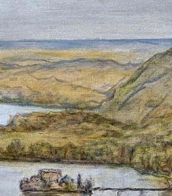
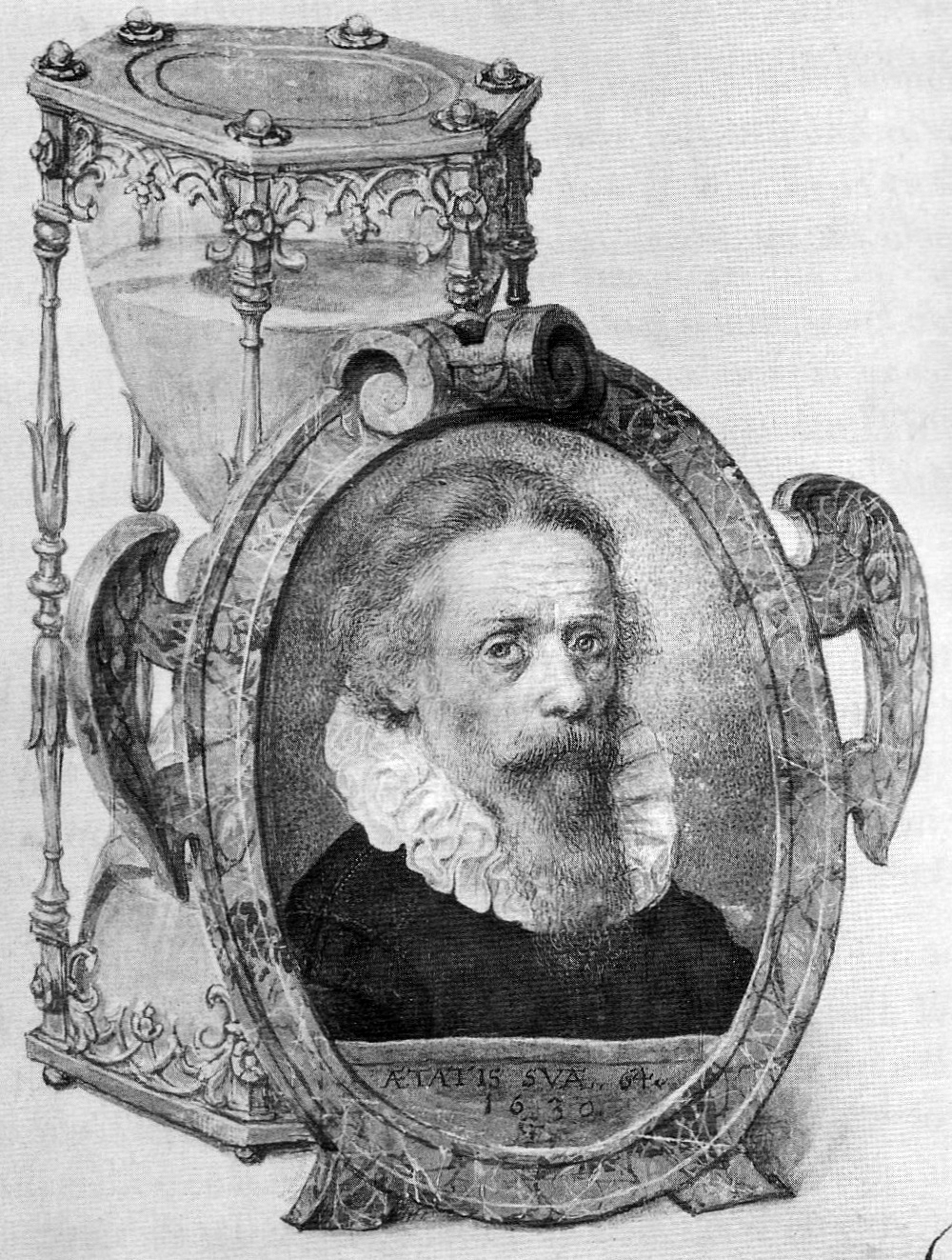
Georg Flegel was a German painter, best known for his still-life works.
According to the RKD he was pupil of Lucas van Valckenborch in Linz during 1582-1592. In a period of about 30 years (c. 1600–1630), he produced 110 watercolor and oil pictures, mostly still-life images which often depicted tables set for meals and covered with food, flowers and the occasional animal.

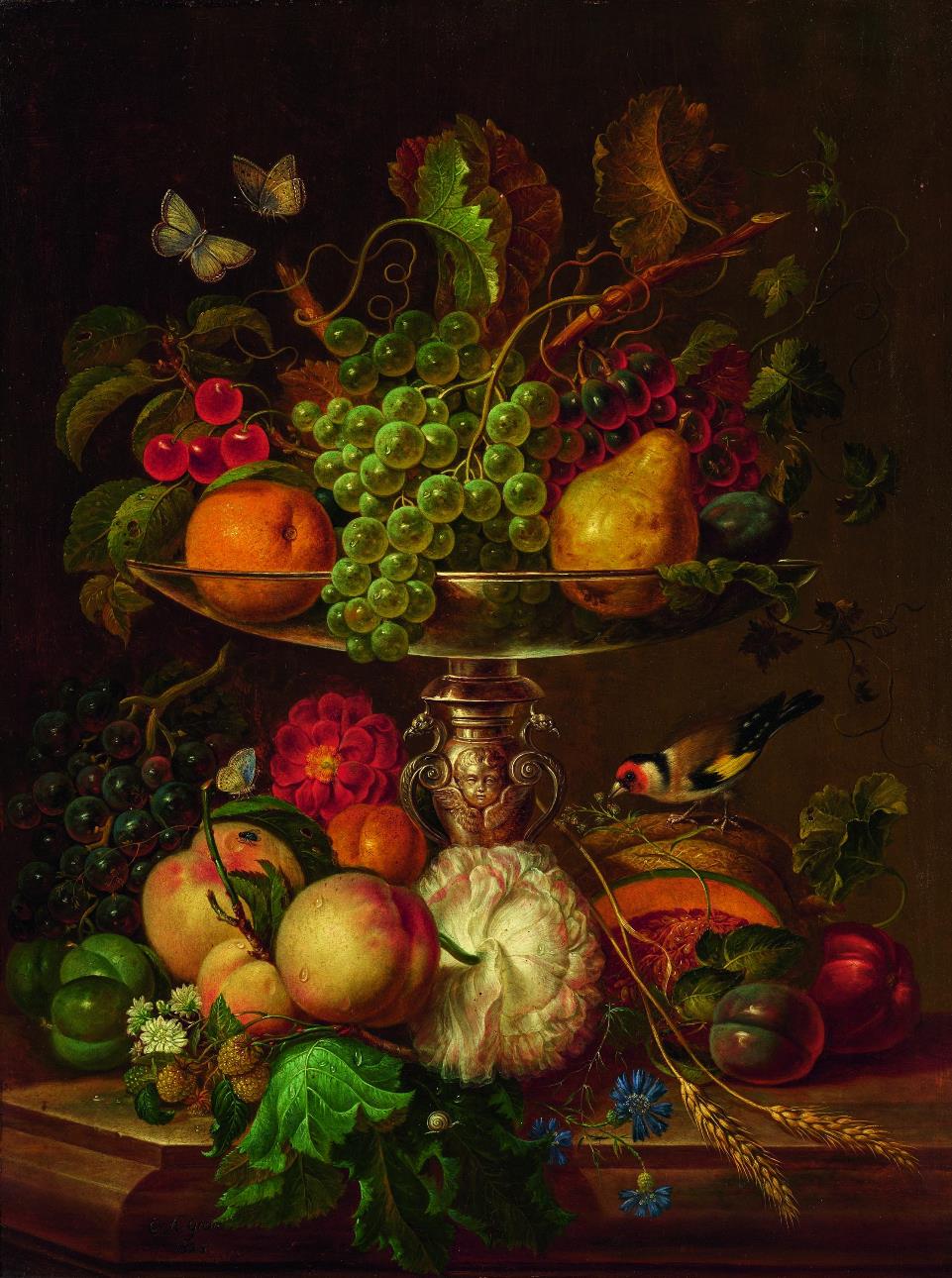
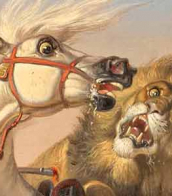
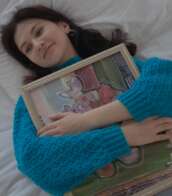
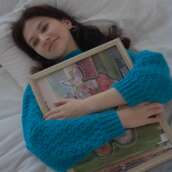
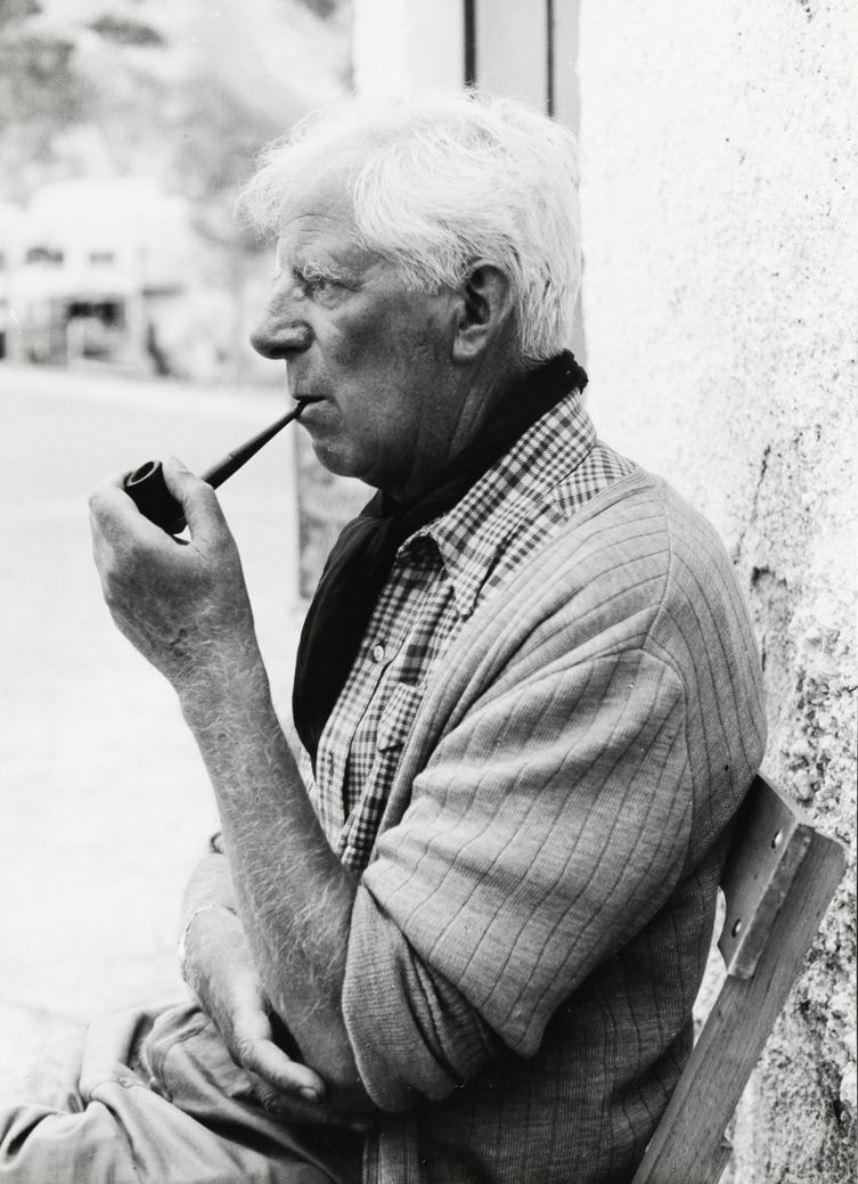
Werner Gilles was a German artist.
He was a member of the Bauhaus school of art and design. After arriving on the Italian island of Ischia in 1932, Gilles found inspiration for painting. In his oil paintings and watercolors, the artist depicts the cheerful and menacing aspects of this primitive landscape and captures its basic nature.
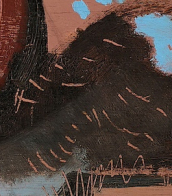

Werner Gilles was a German artist.
He was a member of the Bauhaus school of art and design. After arriving on the Italian island of Ischia in 1932, Gilles found inspiration for painting. In his oil paintings and watercolors, the artist depicts the cheerful and menacing aspects of this primitive landscape and captures its basic nature.
